In Photos: Earthly Mounds Shaped Like Animals
Animal Shapes
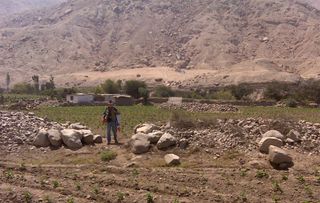
Researchers have identified numerous earthen animals rising above the coastal plains of Peru, a region renowned for the Nazca lines, the ruined city of Chan Chan, and other cultural treasures. Few animal effigy mounds had been found in South America until now. Shown here, University of Missouri anthropologist Robert Benfer stands near some of the smaller mounds. The mound in the distance is a small birdlike figure.
Orcas!
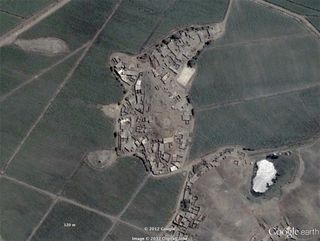
Orcas hunted off the Peruvian coast 1,640 feet (500 meters) away until recently when industrial fishing removed their prey. This orca-shaped mound dated to approximately 5,000 years ago.
Monster Mound
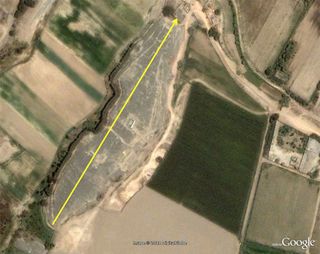
The caiman/puma monster-shaped mound is one of two figures from the 4,000-year-old pre-ceramic site of El Paraíso, in the Chilca Valley. The other, a condor, is partly visible in the upper left. The researchers found the condor's charcoal eye lined up with the Milky Way when viewed from a nearby temple, while the "monster mound" aligned with the June summer solstice when viewed from the same temple. (The arrow shows the mound's alignment with the Milky Way.)
Earthen Condor
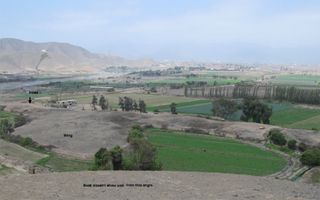
From the ground, the condor at El Paraíso is more difficult to identify.
Head of a Condor
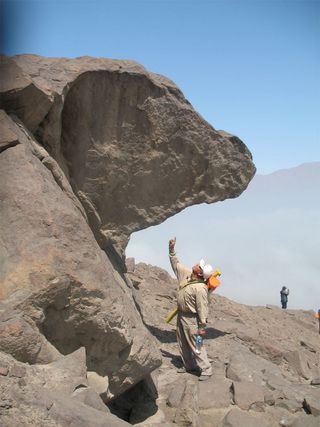
The El Paraíso condor lines up with this stone sculpted to resemble a condor head. Stone condors are common in the Andes; this is the first one found on the coast. Viewed from the entrance to a 4,000-year-old temple at the site, the sun rises over this pillar during the equinox.
Animals Line Up
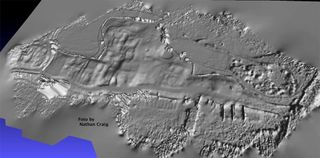
This wire mesh model shows the condor figure that parallels the monster at El Paraíso. A line from the temple through the condor eye can be extended 18 miles (29 kilometers) up the valley where it intersects another condor image.
Duck Mound
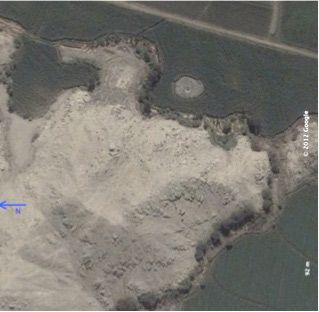
A natural formation was altered by adding a head to create a duck-shaped mound. A nearby circular mound may represent an egg. These mounds date to approximately 3,500 years ago.
Sign up for the Live Science daily newsletter now
Get the world’s most fascinating discoveries delivered straight to your inbox.
Nazca Lines
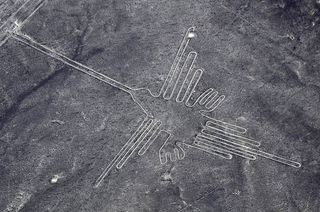
The animal mounds were found in a region famous for a series of ancient geolyphs, called the Nazca Lines, which are now considered a World Heritage Site in the Nazca Desert in southern Peru. Here, Nazca Lines resembling a humming bird, as viewed from a plane.
The Astronaut
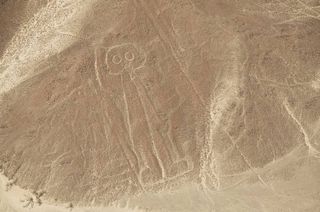
An aerial view of the geoglyph called "the astronaut," part of the Nazca Lines in Peru.
Most Popular

